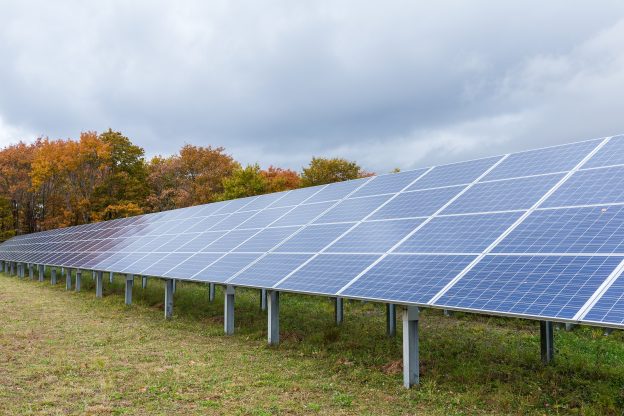Abstract: At present, Chinese photovoltaic enterprises export to the United States mainly through Southeast Asian production capacity, and the proportion of direct export of Chinese production capacity is very low, so there is no substantial impact on the increase of China's Section 301 tariff. Companies should pay close attention to the progress of the US anti-dumping investigation of the four Southeast Asian countries and the lifting of the tariff exemption for bifacial modules under Section 201. Considering that the U.S. government is determined to repatriate local PV production capacity, we believe that the double anti-dumping investigation and taxation may be a high probability event, and it is recommended to pay attention to the progress of Chinese companies' domestic cell and module production capacity construction in the United States.
Context:On May 14, the White House announced tariffs on a range of Chinese solar cells, electric vehicles, computer chips and medical products, among which the taxes on the photovoltaic sector are mainly for solar cells imported from China (whether assembled into modules or not) will be doubled from 25% to 50% in 2024, which is a continuation of the Section 301 tariffs (tariffs imposed specifically on Chinese imports introduced during the Trump administration); On May 15, the U.S. Department of Commerce announced the launch of an antidumping and countervailing duty investigation into crystalline silicon photovoltaic cells imported from Cambodia, Malaysia, Thailand and Vietnam, whether assembled or not, in response to an application filed by the U.S. Solar Manufacturing Trade Council on April 24, 2024.
Comments:
1) Continuation of Section 301 tariffs, no impact on Southeast Asian exports to the United States: The tariffs for China have been adjusted to extend the Section 301 tariffs, increasing the tariffs on Chinese photovoltaic cells (whether assembled into modules or not) from 25% to 50%, which is only for direct exports of China's production capacity, and will not affect Southeast Asian exports to the United States (Chinese companies have previously set up factories in Southeast Asia and then exported to the United States to circumvent Section 301 tariffs).
2) The anti-dumping and anti-dumping investigation of the four Southeast Asian countries has been initiated, and the tax rate still needs to wait for the preliminary and final rulings to be implemented: The anti-dumping and anti-dumping investigation of the four Southeast Asian countries has been confirmed, and according to the progress of the anti-dumping and anti-dumping investigation, the U.S. International Trade Commission (ITC) is expected to make a preliminary ruling on industrial injury by June 10, 2024 at the latest, and if the ITC rules that the import of the products involved in the case poses a substantial injury or threat of substantial injury to the U.S. domestic industry, the U.S. Department of Commerce will continue to investigate the case and is expected to make a preliminary anti-subsidy ruling on July 18, 2024. The preliminary anti-dumping ruling was made on October 1, 2024, and the final ruling on anti-subsidy and anti-dumping is expected to be released in Q4 2024. The ITC expects to make a final anti-subsidy ruling in Q1 2025 and a final anti-dumping ruling in Q2 2025.
3) Southeast Asian production capacity exports to the United States may be forced to shrink, and the subsequent growth rate of US PV installed capacity may depend more on the growth rate of cell module supply: We believe that this round of anti-dumping and anti-dumping investigations in Southeast Asia may lead to the direct export of Southeast Asian base production capacity to the United States and forced reduction, or consider re-exporting to other countries such as the Middle East and Latin America. At present, China's leading PV companies have successively built module & cell production capacity in the United States, and it is expected that this round of Southeast Asian anti-dumping and anti-dumping investigations will accelerate the progress of production capacity construction in the United States, which is generally good for the leading enterprises that have been deployed and put into production in the United States. Considering the domestic cell production capacity in the US, it is estimated that by the end of 2024, the local cell production capacity in the US will be less than 10GW, while the local module production capacity is expected to be close to 60GW. The U.S. may still rely more on imported cell supply, and the subsequent growth rate of U.S. PV installation may depend more on the growth rate of cell and module supply.
Source: https://mp.weixin.qq.com/s/DswaasVL58pm1ke3JybBsQ







